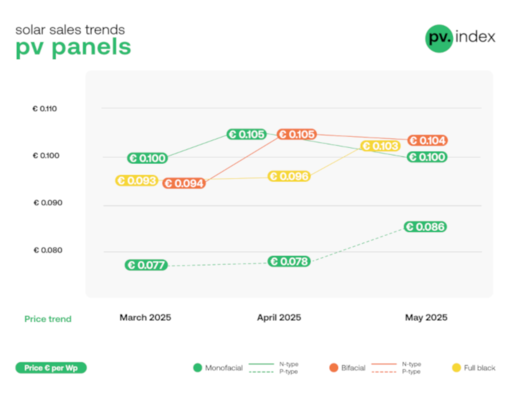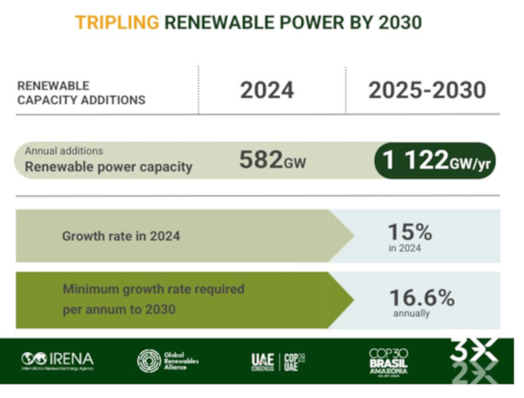A preliminary analysis conducted by SolarPower Europe suggests that the EPBD could drive the installation of 150 to 200 GW of rooftop solar in the next years, leveraging the potential of EU’s rooftops. This is assuming that 60% of public buildings are suitable and fall under the scope of the EU Solar Rooftop Standard. The EPBD will tap into the vast potential of rooftops, estimated at 560 GW by the EU Joint Research Centre earlier this year.
Join our webinar: Mastering C&I rooftop design - from complex geometry to seamless installation
Jan Osenberg, Senior Policy Advisor at SolarPower Europe said: “Like the essential integration of smoke detections years ago, this new law propels rooftop solar toward becoming the standard. More buildings, businesses, and citizens will have access to clean, renewable, economical solar energy.”
Mandate that all new building be solar-ready
The new law mandates that all new buildings be solar-ready, making it more straightforward and appealing to seek solar. According to Bloomberg NEF, proactive solar standards (as seen in some EU countries) can boost return on investment by 8 to 11%, compared to retroactive installations. Additionally, the Solar Standard is set to empower a wider portion of society, easing obstacles to solar adoption in multi-apartment buildings.
The EU Solar Rooftop Standard applies to new non-residential and public buildings from 2027, to existing non-residential buildings undergoing major renovations by 2028 , to new residential buildings from 2030 and on all suitable existing public buildings by 2031. The Solar Rooftop Standard will most importantly unlock the potential of large rooftops such as those installed on offices, commercial buildings, or car parks. Certain buildings such as agricultural and historic structures may be excluded.
Rooftop PV as gateway to smart electrification
Osenberg continues: “Rooftop PV needs to be the gateway to smart electrification. Solar-powered heating and cars will reduce the costs of sustainable homes. Smart pairing of rooftop solar with EVs and heat pumps will also reduce the impact on the grid, and even provide direct support to the grid by providing flexibility services at times of grid stress. This will require removing the bottlenecks to electrification and ensuring grid operators can tap into this flexibility potential.”
Total rooftop solar capacity in Europe stood at more than 170 GW at the end of 2023 and is expected to grow to 355 GW by the end of 2027. In addition to the obligatory solar installations under the Solar Standard, the growth of rooftop solar on homes is also likely to increase, as citizens seek to shield themselves from fossil price volatility. (hcn)









